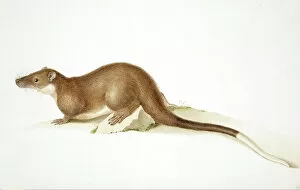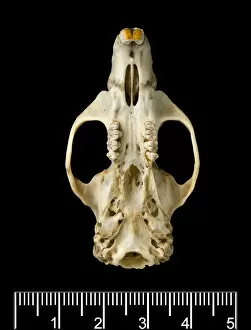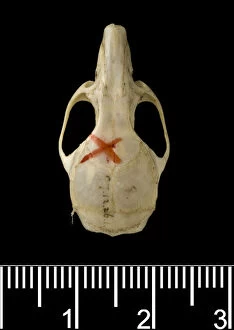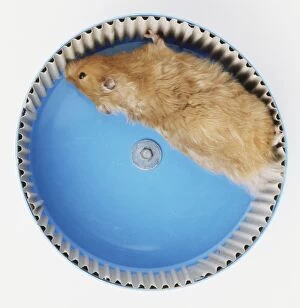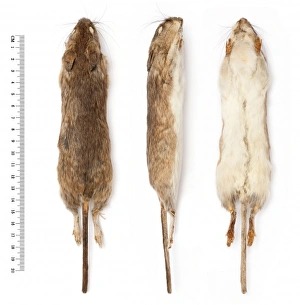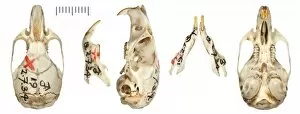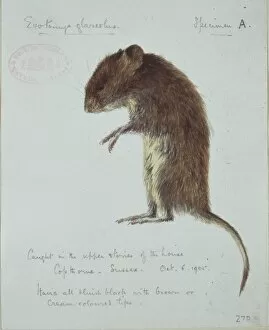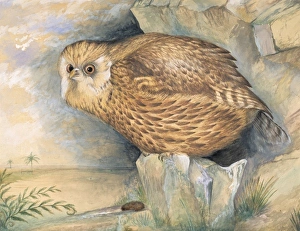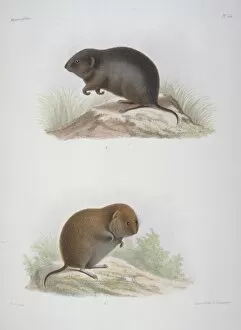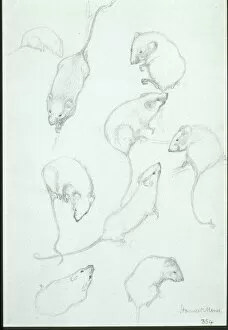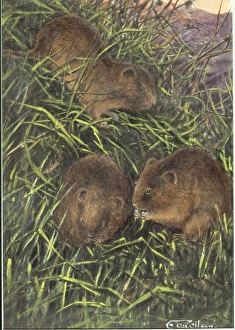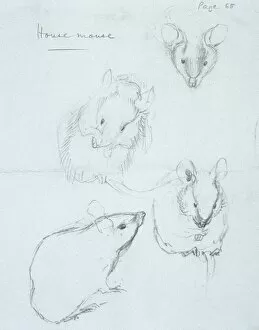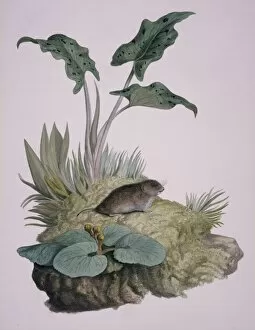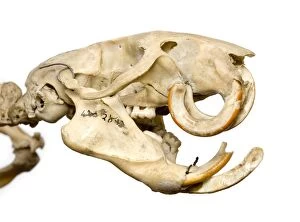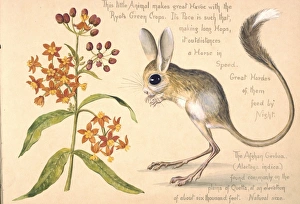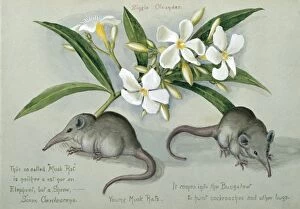Myomorpha Collection
"Myomorpha: A Diverse World of Rodents" From the agile Hydromys chrysogaster, also known as the water rat, to the adorable Common dormouse captured in sketch C016/5883
All Professionally Made to Order for Quick Shipping
"Myomorpha: A Diverse World of Rodents" From the agile Hydromys chrysogaster, also known as the water rat, to the adorable Common dormouse captured in sketch C016/5883, the Myomorpha order encompasses a wide range of fascinating rodents. One such intriguing creature is the Megalomys desmarestii, an antillean giant rice rat found in Caribbean islands. Its large size and unique adaptations make it a remarkable species worth studying. Meanwhile, Oligoryzomys victus, commonly known as St. Vincent pygmy rice rat, showcases how these tiny creatures have adapted to their specific habitats. Their survival skills are truly awe-inspiring. In contrast to these land-dwelling rodents, we have Mesocricetus auratus - Syrian or Golden Hamster - running on a treadmill with determination and energy. This side view captures their tireless spirit and reminds us of their incredible endurance. The Long-tailed field mouse depicted in artwork C016/5884 exhibits its beauty through intricate details that highlight its elegant features. Truly a work of art. Phyllotis chacoensis represents another member of this diverse order; its presence adds further richness to our understanding of rodent biodiversity. Returning to the Megalomys genus once again brings us face-to-face with Megalomys luciae – saint lucia giant rice rat (holotype). These specimens hold invaluable information about evolutionary history and ecological dynamics within their respective ecosystems. Lastly, let's not forget Oligoryzomys victus - St. Vincent pygmy rice rat - which demonstrates how even small rodents can play significant roles in maintaining ecosystem balance. Myomorpha offers an enchanting glimpse into nature's creativity when it comes to adapting for survival. As we explore these diverse species from water rats to hamsters on treadmills and everything in between, we gain a deeper appreciation for the incredible world of rodents.

